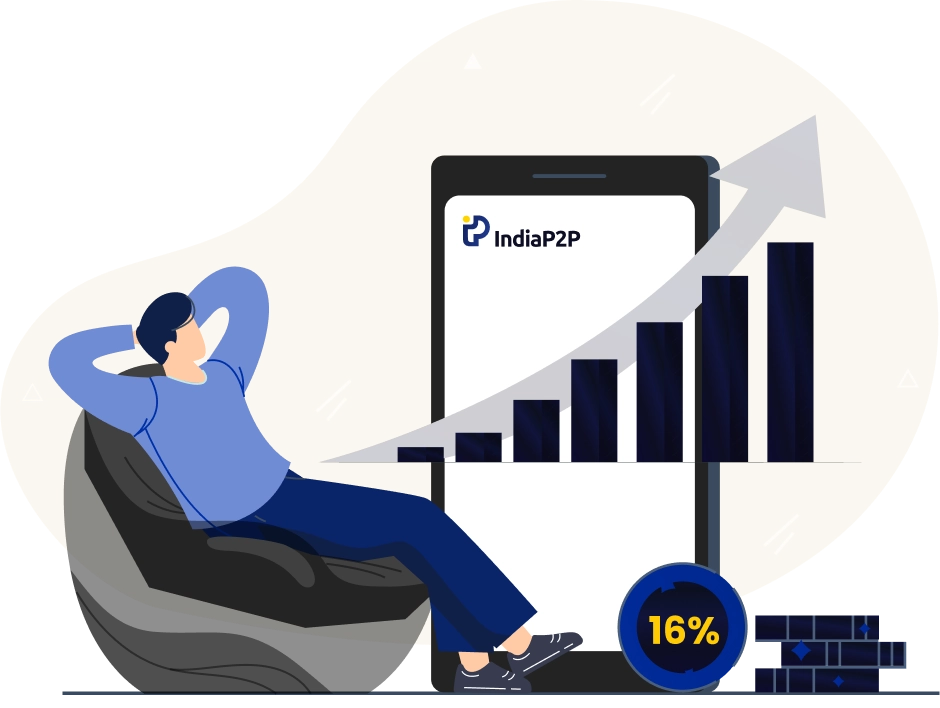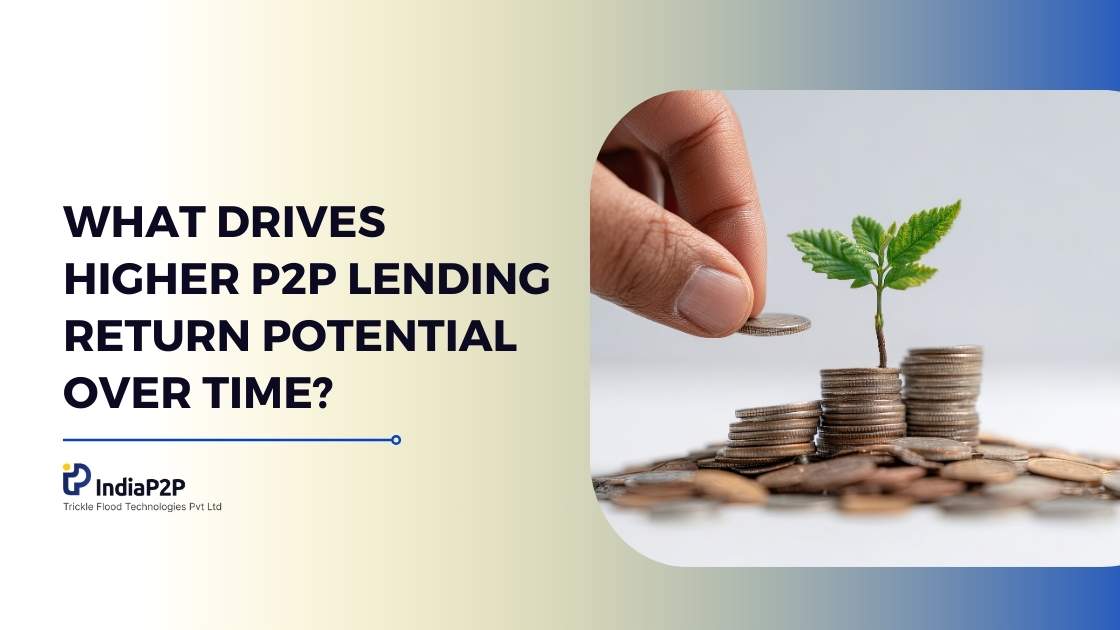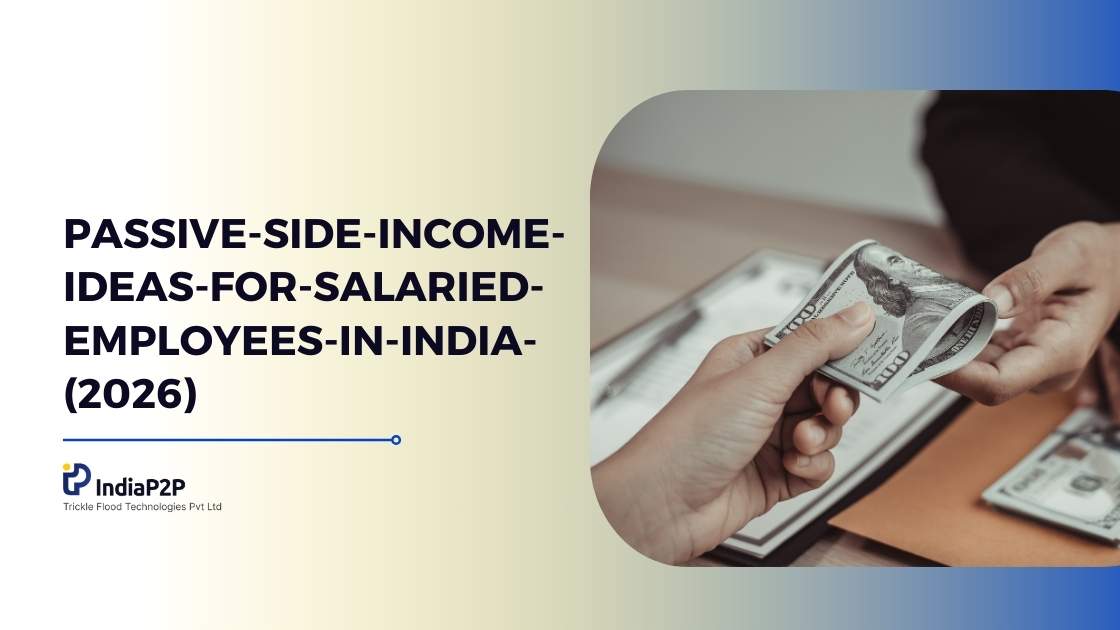Grameen Bank's Nobel Prize Winning Economic Model: Empowering Women Through Microfinance

In a fast-paced world where innovation blooms every day, the example of Grameen Bank stands tall as a beacon of hope for all. Established by an economist in 1983, this rather unique concept pioneered the concept of micro-financing or microfinance, with a special focus being granted to women from marginalized communities and far-flung regions.
Grameen Bank’s microfinancing model became so successful that it ended up winning a Nobel Prize in 2006.
Sounds interesting?
Read on to know more as we cover the concept of microfinancing and how an economist’s efforts towards improving the lives of women from marginalised communities in Bangladesh using the concepts of microfinancing has had a profound impact on the lives of women, including within India.
Genesis of Grameen Bank's Economic Model
Grameen Bank started out as a simple experiment in rural Bangladesh. In 1974, Economist Muhammad Yunus observed that small families had to lend tiny amounts from predatory lenders in order to ensure that their businesses had the financials to function, which led to the families receiving wafer-thin profits as the majority of their gains went as payments to the lenders.
He then began experimenting by lending a small sum of USD 27 to 42 families so that they could use the funds for their businesses, albeit this time, they wouldn’t have to face the pressure of predatory interest rates and therefore make better profits, eventually offering them economic improvement on a longer timeframe.
The experiment worked well, and soon enough, he decided to take the project on a larger scale.
Yunus then collaborated with the University of Chittagong and a National Commercial Bank in 1976 and began to serve various villages in Bangladesh under the project. The project was a grand success, and it expanded rapidly across the nation. The project eventually came to be known as Grameen Bank after it was authorised by the Bangladesh Government to operate as an independent bank in 1983.
Grameen Bank operates on a system of trust and inculcates good societal habits in its members, thus ensuring that the money is put to good use.
The bank requires its members to save and invest small sums regularly into funds for various purposes such as emergencies, insurance, etc., which is then used as collateral of sorts for the loan extended.
During the process, Yunus also discovered that lending to women ensured that there was change on a societal scale; thus, priority was given to female borrowers. Today, 97% of the Bank’s customers are women. Grameen’s views have paid off well too, ensuring a near-perfect repayment rate of 98%.
Social Underwriting
Instead of taking collateral, Grameen Bank’s model relies on a level of trust and collective responsibility imposed upon the borrowers.
The Bank also offers loans to groups, and the peer-group lending system leveraged societal responsibility, wherein members of a group would repay on time if a member couldn’t, to ensure that repayments were made on time.
The system effectively implemented the concept of Social Underwriting, as the borrowing groups would be jointly guaranteeing each other’s loans.
Nobel Prize and Global Recognition
In 2006, The Grameen Bank and its founder, Muhammad Yunus, were awarded the Nobel Peace Prize towards their efforts in ensuring socio-economic development from the grassroots level.
The Nobel Committee recognised that Grameen Bank's microfinancing model had a deep impact in reducing poverty and empowering women.
The Prize brought international attention to Grameen Bank’s approach and also validated microfinancing as an effective tool to fight poverty, with similar models of microfinancing later being implemented across the world.
Empowering Women Through Microfinance
One of Grameen Bank’s outstanding features is its focus on women borrowers. The Bank understood that Women were at a financial disadvantage in societies like Bangladesh. Grameen Bank recognized that empowering women was not only a moral imperative but also an effective strategy for breaking the cycle of poverty.
Studies did show that women tend to invest in their local communities, unlike men, which made for a larger societal impact. It improved the lives of the women and the lives of those around them, which made the Grameen Bank’s efforts much more impactful than they were initially considered to be.
Impact of Female-oriented Micro-finance Systems in India and the rest of the world.
Grameen Bank’s massive success over the years laid down the path for the rest of the world to witness how the power of micro-financing to Women functioned and how impactful it truly was.
Studies showed that lending to women had a bigger impact, as they chose to spend on education, nutrition and much more, all of which ultimately improved the quality of lives of their respective communities in the longer run.
This led to more Micro-financing institutions recognising the impact of women, and soon enough, they began to offer female-oriented financial lending programs for the unique needs of female entrepreneurs, thus further empowering them. Grameen Bank’s model truly did lift a lot of lives outside of Poverty.
The Biggest impacts of microfinancing can be witnessed within developing nations such as those in Africa and India. As of 2008, Grameen Bank has extended support to micro-financing organisations in countries like India, Lebanon, Pakistan, Saudi Arabia, Yemen, and a few African Countries such as Cameroon, Egypt, Ethiopia, Ghana, Morocco, Nigeria, Rwanda, Tunisia and Uganda, among others.
Within India, Microfinancing institutions began to garner growth around the 1990s. Organisations such as the SEWA (Self Employed Women's Association) embrace the principles of microfinancing and paved the way in terms of significant progress in providing financial inclusion and support for women from marginalised and weaker sections of society, including financially weaker sections, that were engaged in various small scale enterprises and businesses, mostly in the unorganised sector.
The Indian Government, too, began to take note of this and laid down the Microfinance Institutions (Development and Regulation) Bill in 2012, which made micro-finance operations appear legitimate. The Bill aimed to bolster public confidence in India’s microfinance sector.
The numbers don’t lie, and it appears that Microfinancing Organisations have indeed been welcomed with open arms by Indians.
According to a report by Sa-Dhan, Microfinance recorded a growth of 21% in FY2023 at INR 3,51,521 crore, compared to the previous year’s INR 2,89,845 crore. The same report states that NBFCs and MFIs have recorded double-digit growth in the same period (49% and 37%, respectively). Total disbursements of all lenders was at INR 3,19,948 crore compared to INR 2,53,966 crore in FY 2021-22. Additionally, the number of loan accounts for microfinance recorded a YoY growth of 10% in FY 2022-23.
While there is ongoing debate about the direct impact of micro finance on women's social standing, Studies have shown that micro-finance improves societies as a whole, with the most significant impact occurring when women are the primary borrowers.
A 2014 survey of Indian villages demonstrated that increased household income is associated with reduced financial vulnerability, resulting in community development.
Empowered communities exhibit enhanced infrastructure and a heightened commitment to addressing issues such as domestic violence and injustices against women.




